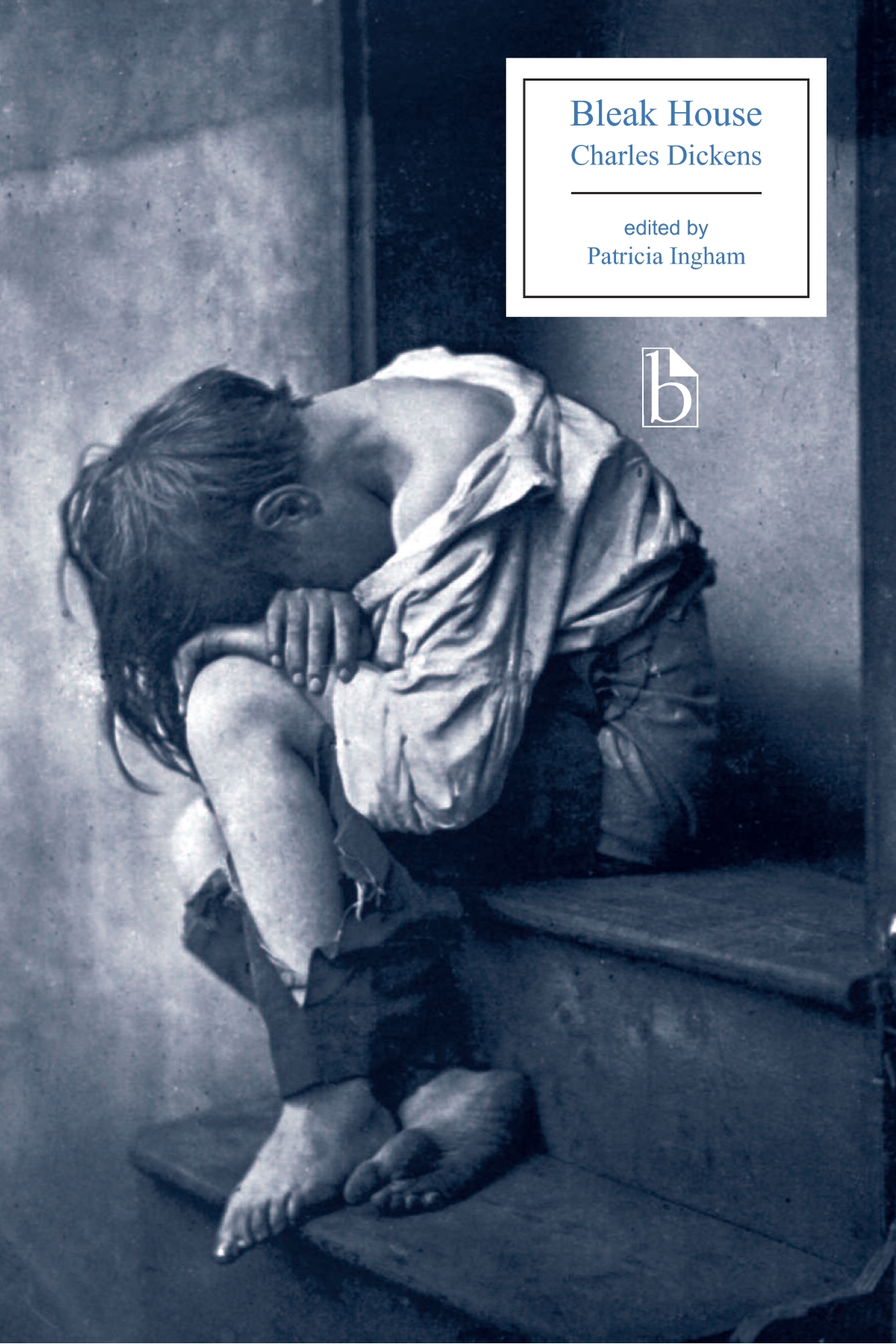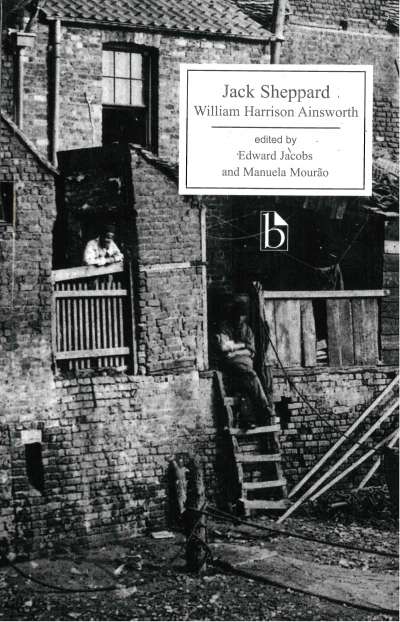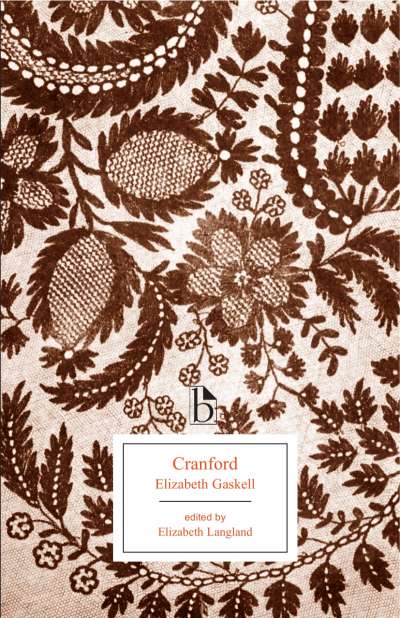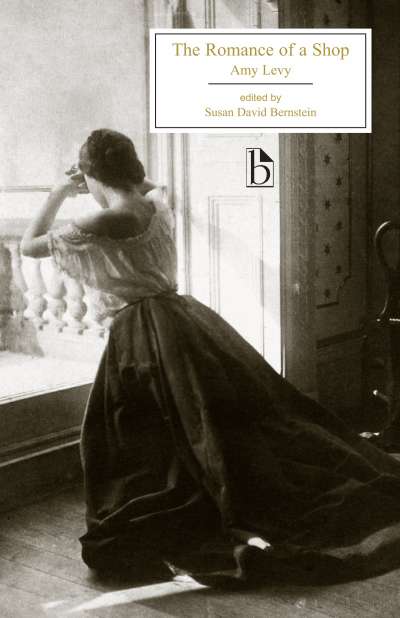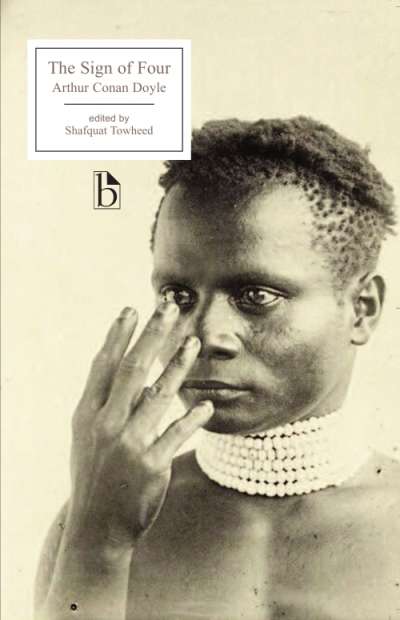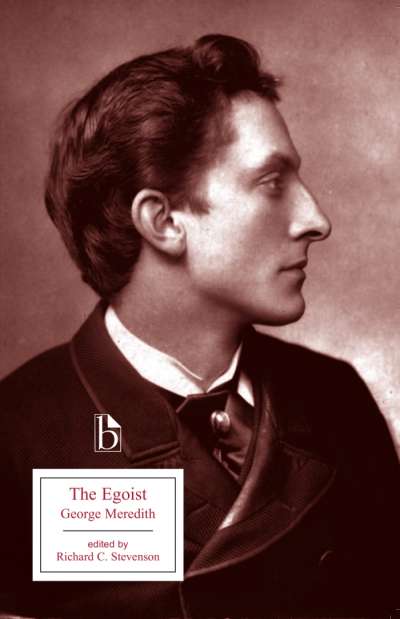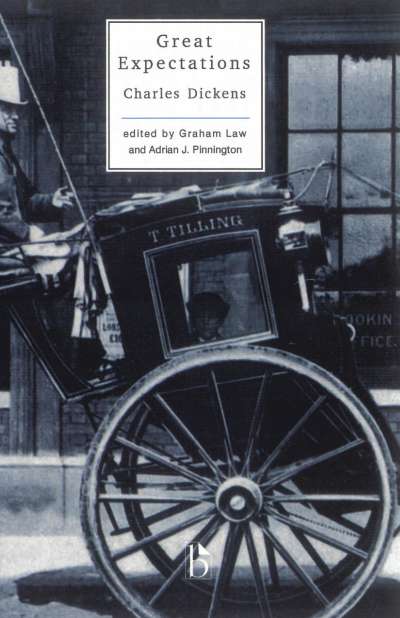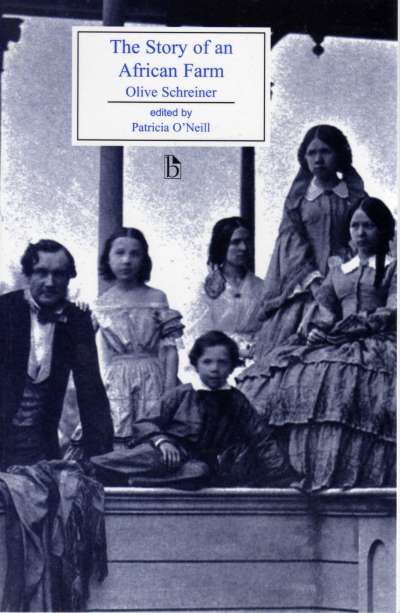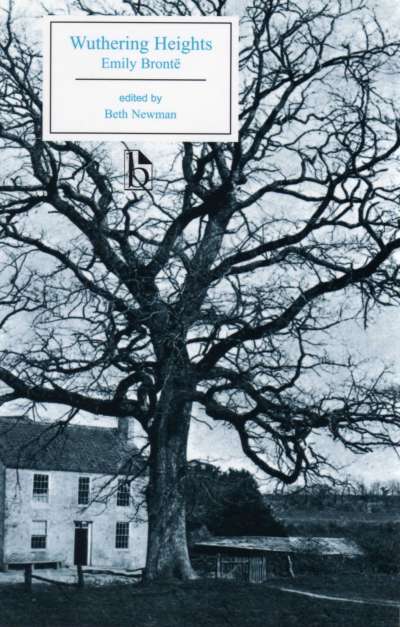
The labyrinthine, ingenious plot of Bleak House focuses on the seemingly endless lawsuit Jarndyce and Jarndyce, an inheritance dispute that has been moving through the courts for years. Dozens of characters, including the innocent young narrator Esther Summerson, her friends Richard Carstone and Ada Clare, and the jaded aristocrats Sir Leicester and Lady Honoria Dedlock, are directly or indirectly caught up in the case. Written in bold and inventive language, Bleak House is Dickens’s epic vision of Victorian society.
The critical introduction and extensive appendices to this edition focus on the novel’s social context and reception, Dickens’s treatment of his women characters and the working class, and the inequalities of the Victorian legal system.
Comments
“Patricia Ingham’s edition of Bleak House is a model of clear thinking, scrupulous editing, and critical acumen. The contextual documents have been selected with a keen eye for what modern readers need to know if they are to appreciate this wonderful novel in all its complexity. The edition will be an invaluable resource for those studying or teaching Dickens, but in addition will stimulate new thinking even among established Dickens scholars. It is an excellent addition to the Broadview list.” — Penny Boumelha, Victoria University of Wellington
“In this splendid new edition of Charles Dickens’s Bleak House, Patricia Ingham brings her fine critical intelligence to bear on a novel that treats the city of London as a historical reality and as a haunting metaphor. Professor Ingham’s wide-ranging erudition—her expertise as a linguist, social historian, editor, and literary theorist—allows her to provide a framework that does full justice to Dickens’s multi-layered narrative. Her introduction contextualizes the novel in pertinent ways, the notes are helpful, and rich appendices provide a wide array of nineteenth-century documents necessary to grasp how the novel is both representative and highly original.” — Linda M. Shires, Yeshiva University
Acknowledgements
Introduction
Charles Dickens: A Brief Chronology
A Note on the Text
Bleak House
Appendix A: Dickens’s Working Notes for Bleak House
Appendix B: The Reception of Bleak House
- From The Spectator (September 1853)
- From The Illustrated London News (24 September 1853)
- From The Athenaeum (17 September 1853)
- From The Eclectic Review (December 1853)
- From Bentley’s Miscellany (8 October 1853)
- From The Examiner (8 October 1853)
- From The Rambler (January 1854)
- From Charlotte Brontë, Letter to George Smith (11 March 1852)
- From J.S. Mill, Letter to Harriet Taylor (20 March 1854)
- From G.H. Lewes, Letters to Dickens (1852)
Appendix C: The Role and Status of Women
- Marriage and the Law: From William Blackstone, Commentaries on the Laws of England (1765–69)
- Support for Conventional Views
- From Charles Dickens, “Sucking Pigs,” Household Words (November 1851)
- From “The Laws Concerning Women,” Blackwood’s Edinburgh Magazine (April 1856)
- From Margaret Oliphant, “The Condition of Women,” Blackwood’s Edinburgh Magazine
(February 1858)
- Opposition to Conventional Views
- From the Review in Foreign Quarterly Review of The Education of Mothers of Families (1842)
- From Harriet Taylor, “The Enfranchisement of Women,” The Westminster and Foreign Quarterly
Review (1851)
- From Jessie Boucherett, Endowed Schools (1862)
- Personal Testimonies from Women
- From Jane Welsh Carlyle, Letter to John Forster (c. February 1844)
- From Elizabeth Gaskell, Letter to Eliza Fox (12 February 1850)
- From Mary Taylor, Letter to Charlotte Brontë (April 1850)
- From Charlotte Brontë, Letter to Elizabeth Gaskell (20 September 1851)
- From Florence Nightingale, Cassandra (1860)
- Women in Contemporary Fiction
- From Charlotte Brontë, Jane Eyre (1848)
- From Geraldine Jewsbury, The Half Sisters (1848)
- From Frances Trollope, The Young Countess or Love and Jealousy (1848)
Appendix D: The Court of Chancery
- From “Reform in the Court of Chancery,” The Times (1 April 1850)
- From “Delays in Chancery,” The Times (8 August 1850)
- From “Court of Chancery,” The Times (25 December 1850)
- Leading Article, The Times (1 January 1851)
- From Alfred Cole and W.H. Wills, “The Martyrs of Chancery,” Household Words
- December 1850
- February 1851
- From Edward B. Sugden, “Prisoners for Contempt of the Court of Chancery,” The Times (7 January
1851)
- From “A Chancery Bone of Contention,” Punch (June 1852)
Appendix E: Attitudes to Religious and Other Proselytizing
- From Charles Dickens, “Whole Hogs,” Household Words (August 1851)
- From Clare Lucas Balfour, “Stopping Half Way,” The Temperance Offering (1852)
- Charles Dickens, Letter to the Reverend H. Christopherson (9 July 1852)
- From R.W. Vanderkiste, Notes and Narratives of a Six Years’ Mission Principally among the Dens of
London (1852)
- From the London Quarterly Review (January 1871)
Appendix F: Contemporary Attitudes to Class Inequality
- From Thomas Carlyle, Chartism (1839)
- From Arthur Helps, The Claims of Labour (1844)
- From Jessie Boucherett, “Endowed Schools” (1852)
- From J.S. Mill, Principles of Political Economy (1859)
Appendix G: Conditions of the Working Class
- Living Conditions as Described in Dickens’s Household Words
- From “A December Vision” (December 1850)
- From “A Walk in a Workhouse” (May 1850)
- From “A Nightly Scene in London” (January 1856)
- Burial Grounds
- From “Spa-Fields Burial Grounds,” The Times (5 March 1845)
- From “Heathen and Christian Burial,” Household Words (April 1850)
- Disease
- From Thomas Carlyle, Past and Present (1843)
- From “How Cholera is Spread,” The Lancet (13 October 1849)
- [Mortality Among the Working Classes], from The Times (4 September 1851)
- Epidemics and Sanitation
- From Edwin Chadwick, Report on the Sanitary Conditions of the Labouring Population (1842)
- [Sanitary Conditions of the city], from The Times (2 January 1851)
- From a Speech by Dickens to the Metropolitan Sanitary Association (10 May 1851)
Select Bibliography
Patricia Ingham is Senior Research Fellow and Reader at St. Anne’s College, Oxford. She has published widely on the Victorian novel, and edited works by Charles Dickens, Elizabeth Gaskell, Thomas Hardy, and George Gissing. Her recent publications include The Brontës: A Critical Reader (Longman, 2003), and volumes on the Brontës and Thomas Hardy for the Oxford University Press Authors in Context series, of which she is also the General Editor.


